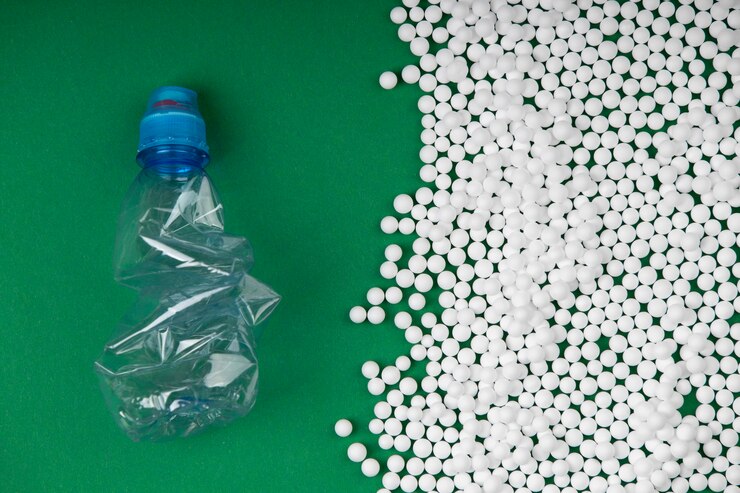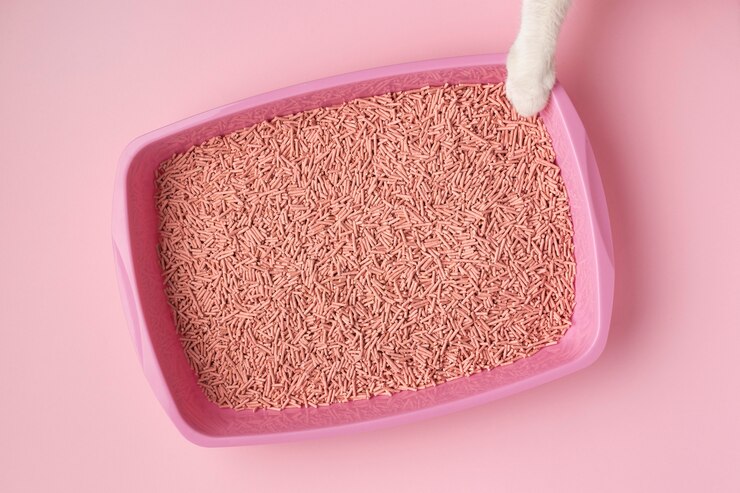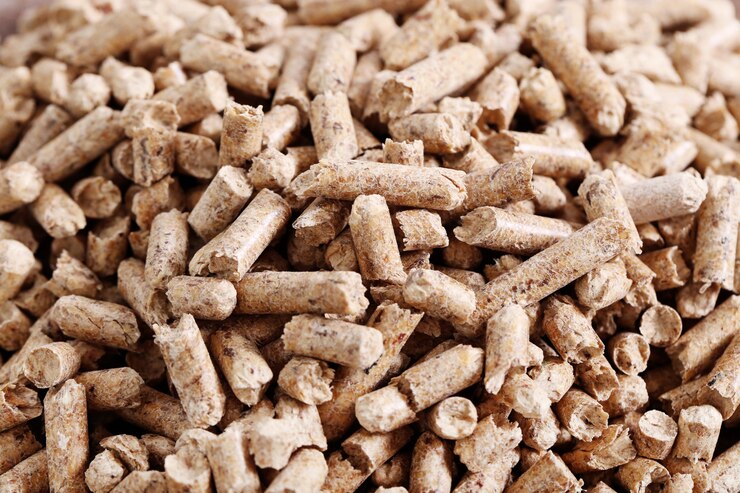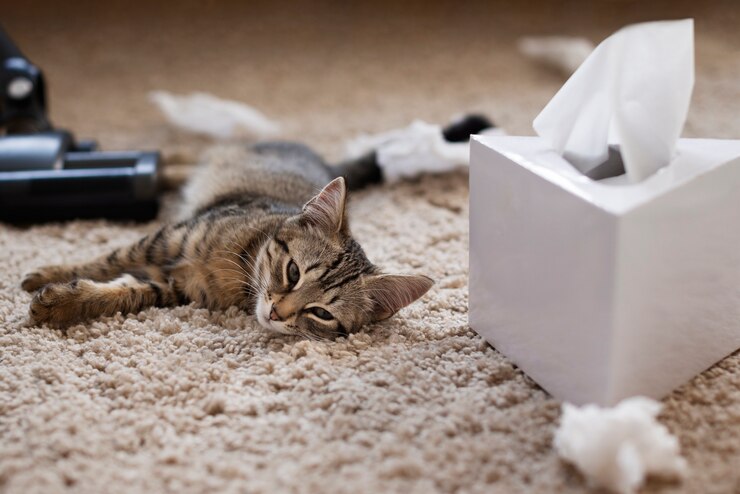Food:
- Locally sourced and ethically produced cat food: Look for brands using ingredients from local farms, minimizing transportation emissions, and supporting sustainable farming practices.
- Raw food diets: While requiring more planning and preparation, raw food diets offer minimal environmental impact. Choose ethically sourced meat and bones, ensuring they align with your cat’s nutritional needs.
- Home-cooked meals: Unleash your inner chef and whip up homemade meals using sustainable ingredients like organic meat, fish, and vegetables. Ensure the meals provide complete and balanced nutrition, consulting your veterinarian for guidance.
Litter:
- Biodegradable litters: Pine, wheat, corn, and paper-based litter are excellent eco-friendly choices. These options are biodegradable, compostable, and often made from renewable resources, reducing their environmental footprint.
- Flushable litter options: Carefully chosen flushable litters offer convenience and eliminate litter box waste. However, ensure your local water treatment system can handle flushable litter and always follow brand-specific instructions.
- Reusable litter systems: These innovative systems utilize washable inserts, significantly reducing disposable litter waste. Some systems even compost the used inserts, offering an ultra-sustainable solution.
Toys and Accessories:
- Recycled materials: Look for toys and accessories made from recycled fabric, cardboard, or rubber. These eco-friendly options give discarded materials a new lease on life, reducing waste and resource consumption.
- Fair-trade and ethically sourced products: Support sustainable practices and fair labor conditions by choosing toys and accessories made with fair-trade materials and ethical production methods.
- DIY toys: Unleash your creativity and craft your own cat toys using repurposed materials like cardboard boxes, old fabric scraps, and even toilet paper rolls. Not only is it sustainable, but your feline friend will appreciate the novelty and personal touch.
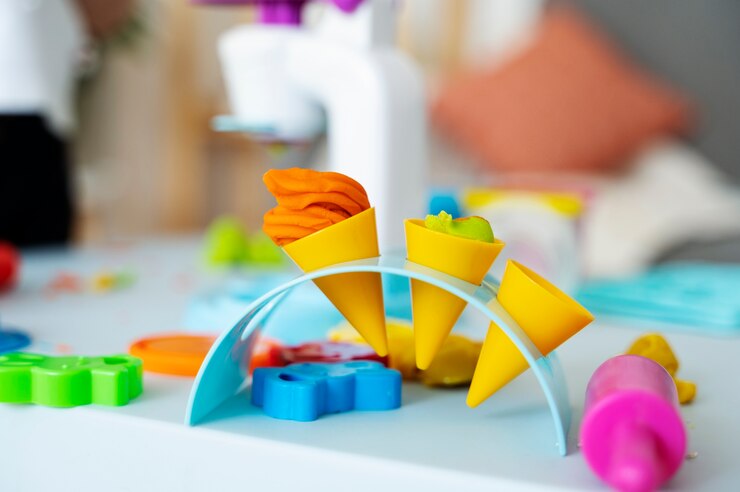
Additional Eco-Friendly Practices:
- Minimize litter box liners: Opt for a larger litter box to reduce the need for liners, or consider reusable training pads for litter box accidents.
- Choose durable toys#: Invest in well-made toys made from natural materials like wood or sisal, which last longer and minimize replacements.
- Reuse and repurpose: Get creative! Give old cardboard boxes a second life as scratching posts, or use fabric scraps to make DIY toys.
- Support eco-friendly cat shelters and organizations: Donate gently used cat supplies to shelters, volunteer your time or skills to help animal rescues, and support organizations advocating for sustainable practices in the pet industry.
- Advocate for change: Spread awareness about eco-friendly cat care options, contact pet food and product manufacturers to encourage more sustainable production practices, and support legislation promoting animal welfare and environmental sustainability.
Remember, every little action counts! By embracing these eco-friendly alternatives and practices, you can create a happier, healthier, and more sustainable future for your feline friend and the planet. I wrote another article >>>> Cat litter sand alternatives: Pros and Cons to learn more.
Eco-Friendly Cat Alternatives: Beyond the Litter Box, into a Sustainable Future
As a veteran product reviewer and advocate for responsible pet ownership, I’ve seen firsthand the growing desire for eco-conscious cat care. From the environmental burden of traditional cat food to the mountains of used litter ending up in landfills, pet parents are increasingly seeking sustainable solutions.
The good news is, that there’s a wealth of eco-friendly cat alternatives available, allowing you to pamper your feline friend without guilt. Let’s delve into the exciting world of green cat care, exploring options and navigating the pros and cons.
I. Embracing Eco-Conscious Cat Ownership
In my 25 years of experience, I’ve witnessed a sea change in pet parent awareness. We’re no longer content with convenience at the expense of the environment. Traditional cat care throws up several sustainability challenges:
- Food: Conventional cat food often relies on meat from factory farms, contributing to greenhouse gas emissions and deforestation. Packaging, too, generates significant waste.
- Litter: Clay-based litter, the most common choice, requires extensive mining and produces tons of non-biodegradable waste, ending up in landfills.
- Toys and Accessories: Plastic toys, nylon leashes, and other pet gear often end up in landfills, adding to plastic pollution.
The growing eco-conscious movement among pet parents has spurred the development of innovative, sustainable alternatives. Let’s explore these greener options in detail.
II. Unveiling Green Cat Options.
Here’s a treasure trove of eco-friendly solutions to elevate your cat’s care to a new level of sustainability:
A. Sustainable Food Choices:
- Locally Sourced and Ethically Produced Cat Food: Look for brands that source ingredients from local farms, minimizing transportation emissions and supporting sustainable farming practices. Opt for brands committed to ethical animal treatment and humane meat sourcing.
- Raw Food Diets: While requiring more planning and preparation, raw food diets offer minimal environmental impact. Choose ethically sourced meat and bones, ensuring they align with your cat’s nutritional needs.
- Home-cooked Meals: Unleash your inner chef and whip up homemade meals using sustainable ingredients like organic meat, fish, and vegetables. Ensure the meals provide complete and balanced nutrition, consulting your veterinarian for guidance.

B. Eco-friendly Cat Litter Alternatives:
- Biodegradable Litters: Pine, wheat, corn, and paper-based litters are excellent eco-friendly choices. These options are biodegradable, compostable, and often made from renewable resources, reducing their environmental footprint.
- Flushable Litter Options: Carefully chosen flushable litters offer convenience and eliminate litter box waste. However, ensure your local water treatment system can handle flushable litter and always follow brand-specific instructions.
- Reusable Litter Systems: These innovative systems utilize washable inserts, significantly reducing disposable litter waste. Some systems even compost the used inserts, offering an ultra-sustainable solution.
C. Sustainable Cat Toys and Accessories:
- Recycled Materials: Look for toys and accessories made from recycled fabric, cardboard, or rubber. These eco-friendly options give discarded materials a new lease on life, reducing waste and resource consumption.
- Fair-trade and Ethically Sourced Products: Support sustainable practices and fair labor conditions by choosing toys and accessories made with fair-trade materials and ethical production methods.
- DIY Toys: Unleash your creativity and craft your own cat toys using repurposed materials like cardboard boxes, old fabric scraps, and even toilet paper rolls. Not only is it sustainable, but your feline friend will appreciate the novelty and personal touch.
Stay tuned for Part 2, where we’ll delve into the pros and cons of these eco-friendly alternatives, helping you make informed choices for your cat and the planet!
Navigating the Green Path: Weighing the Pros and Cons of Eco-Friendly Cat Alternatives.
As we explore the greener pastures of eco-friendly cat care, it’s essential to understand the trade-offs involved. Each sustainable option comes with its unique set of advantages and disadvantages, requiring careful consideration before you dive in.
III. Weighing the Pros and Cons.
A. Pros of Eco-Friendly Cat Alternatives:
- Reduced Environmental Footprint: By choosing sustainable options, you minimize your cat’s impact on the environment, lowering greenhouse gas emissions, conserving resources, and reducing waste generation.
- Improved Cat Health and Well-being: Many eco-friendly food options use natural ingredients, potentially improving your cat’s digestion, skin health, and overall well-being. Biodegradable litter can also reduce dust and allergy concerns.
- Potential Cost Savings: While some eco-friendly products may have a higher initial cost, others, like locally sourced food or DIY toys, can be more budget-friendly in the long run. Additionally, opting for reusable litter systems can translate to significant cost savings over time.
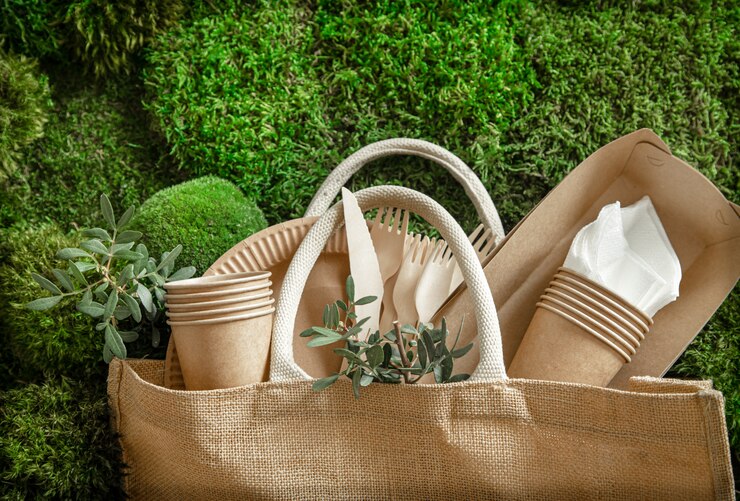
B. Cons of Eco-Friendly Cat Alternatives:
- Higher Initial Cost: Some eco-friendly options, like organic cat food or reusable litter systems, might have a higher price tag compared to their conventional counterparts. However, consider the long-term environmental and potential health benefits.
- Availability and Accessibility: Eco-friendly cat care products may not be readily available in all areas, requiring online ordering or seeking out specialty stores. This can be an inconvenience for some pet parents.
- Potential Cat Preference Issues: Switching your cat to a new food, litter, or toy can come with initial adjustment challenges. Some cats may be picky eaters or resistant to new textures in litter or toys. Patience and gradual transitions are key during these switch-overs.
Making informed choices that align with your budget, cat’s preferences, and environmental priorities is crucial on your eco-conscious journey. Stay tuned for Part 3, where we’ll share practical tips for transitioning your cat to a greener lifestyle!
Making the Sustainable Switch: Practical Tips for a Smoother Transition.
Embracing eco-friendly cat care shouldn’t be an overwhelming experience. With a little planning and these helpful tips, you can seamlessly transition your feline friend to a greener lifestyle:
IV. Making the Sustainable Switch:
A. Identifying Individual Needs and Priorities:
- Budget: Evaluate your budget and determine how much you’re comfortable spending on eco-friendly alternatives. Consider long-term cost savings from options like reusable litter systems.
- Cat Preferences: Observe your cat’s food and litter preferences. Start with options that closely resemble their current choices to minimize adjustment challenges.
- Lifestyle: Choose sustainable options that fit your lifestyle. If you’re short on time, pre-portioned raw food diets or flushable litters might be better suited than home-cooked meals or reusable systems.
B. Researching Available Eco-Friendly Options:
- Read online reviews and compare product features.
- Consult your veterinarian for recommendations on food choices and potential dietary adjustments.
- Visit local pet stores or online retailers specializing in eco-friendly pet products.
C. Gradually Transitioning Your Cat:
- Start by introducing the new food, litter, or toy alongside their current options.
- Gradually increase the amount of the new option while decreasing the old one over several days or weeks.
- Monitor your cat’s behavior and adjust the pace of transition if needed. Signs of stress or aversion might indicate a slower transition is necessary.
D. Finding Sustainable Sources and Retailers:
- Support local farms and businesses offering ethically sourced and sustainable cat food.
- Look for online retailers committed to eco-friendly packaging and shipping practices.
- Consider joining pet subscription boxes specializing in sustainable cat care products.
Remember, Rome wasn’t built in a day. Be patient, celebrate small victories, and don’t get discouraged if your cat isn’t an instant eco-convert. With persistence and these practical tips, you’ll be well on your way to providing your feline friend with a happy and sustainable lifestyle.
Stay tuned for Part 5, where we’ll explore exciting ways to expand your eco-conscious cat care beyond the litter box!
Expanding Your Eco-Conscious Cat Care: Going Beyond the Basics.
Your journey towards a greener cat care lifestyle doesn’t end with food, litter, and toys. Here are some additional ways to extend your eco-consciousness and make a positive impact on both your feline friend and the planet:
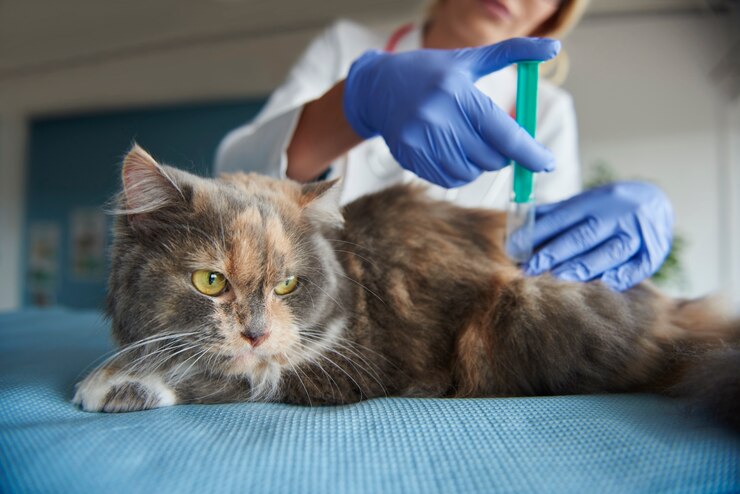
V. Expanding Your Eco-Conscious Cat Care:
A. Reducing Waste Generation:
- Minimize litter box liners: Opt for a larger litter box to reduce the need for liners, or consider reusable training pads for litter box accidents.
- Choose durable toys: Invest in well-made toys made from natural materials like wood or sisal, which last longer and minimize replacements.
- Reuse and repurpose: Get creative! Give old cardboard boxes a second life as scratching posts, or use fabric scraps to make DIY toys.
B. Supporting Eco-Friendly Cat Shelters and Organizations:
- Donate gently used cat supplies to shelters.
- Volunteer your time or skills to help animal rescues.
- Support organizations advocating for sustainable practices in the pet industry.
C. Advocating for Change:
- Spread awareness about eco-friendly cat care options among your fellow pet parents.
- Contact pet food and product manufacturers to encourage more sustainable production practices.
- Support legislation promoting animal welfare and environmental sustainability.
By embracing these additional practices, you become a true champion of eco-conscious cat care, leaving a positive pawprint on the planet and inspiring others to do the same. Remember, every little action counts, and together, we can create a more sustainable future for our feline companions and the world they share with us.
Can switching to eco-friendly cat litter cause litter box aversion in my cat?
Yes, some cats can be sensitive to changes in their litter, and switching to a new type, even an eco-friendly one, might cause temporary litter box aversion. To minimize this risk, transition gradually by mixing the new litter with the old one over a period of several days or weeks. Pay close attention to your cat’s behavior and adjust the pace of transition if needed. Signs of aversion include not using the box, spraying outside the box, or straining to eliminate.
What are the best eco-friendly cat food brands for cats with sensitive stomachs?
Several eco-friendly cat food brands cater to sensitive stomachs. Look for brands using limited ingredients, novel protein sources, and prebiotics and probiotics to support gut health. Some highly-rated options include:
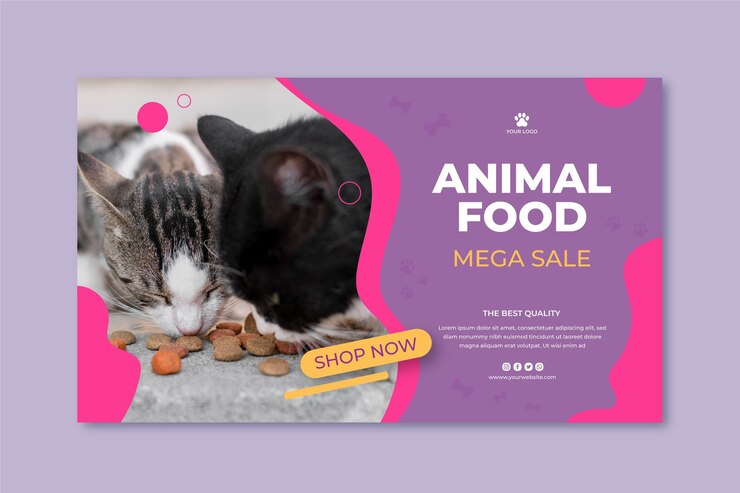
- Earthborn Holistic
- Nature’s Variety Instinct Raw
- Wellness Complete Health Grain-Free
- Merrick Purrfect Bistro Limited Ingredient
- Royal Canin Sensitive Digestion
Always consult your veterinarian before switching your cat’s food, especially if they have known sensitivities.
How can I make my own sustainable cat toys at home?
Get creative and unleash your inner DIY enthusiast! Here are some ideas for eco-friendly homemade cat toys:
- Crinkle balls: Stuff old socks or fabric scraps with catnip and tie them closed for a playful, textured toy.
- Wand toys: Use a dowel rod and attach feathers, ribbons, or fabric scraps for endless batting fun.
- Cardboard boxes: Cut different shapes and sizes of holes in a cardboard box for scratching and exploring.
- Paper bags: Crumple up a paper bag and stuff it with treats for a stimulating foraging experience.
- Puzzle feeders: Recycle plastic containers or food-grade cardboard boxes to create homemade puzzle feeders that challenge your cat’s mind and slow down their eating.
What are some creative ways to reuse old cat items to minimize waste?
Don’t toss those old cat items yet! With a little ingenuity, you can give them a new lease on life:
- Repurpose scratching posts: Wrap old sisal rope around worn-out scratching posts for a refreshed surface.
- Transform cat carriers: Use old carriers as cozy hiding spots or elevated perches by lining them with soft blankets.
- Upcycle food containers: Wash and reuse food containers for treats, storage, or even DIY puzzle feeders.
- Give toys a second life: Sew torn toys, replace stuffing, or add new attachments for continued playtime.
- Donate usable items: Shelters and rescues often welcome gently used cat supplies, giving them a new life and helping animals in need.
Where can I find local resources and support for eco-friendly cat ownership?
Finding local resources can be easier than you think! Here are some starting points:
- Pet stores specializing in eco-friendly products: They can offer personalized advice and recommendations for your cat’s needs.
- Local farmers markets: Look for vendors selling ethically sourced and locally produced cat food or treats.
- Animal shelters and rescues: They often have information and resources on sustainable pet care practices.
- Online communities and forums: Connect with other eco-conscious cat owners for tips, experiences, and product recommendations.
- Veterinarians: Consult your vet for guidance on dietary changes, litter options, and overall sustainable care for your feline friend.
By exploring these resources and embracing eco-friendly practices, you can make a positive impact on your cat’s well-being and the environment, creating a win-win situation for everyone involved.
I am commitment to crafting compelling narratives and delivering insightful content continues to inspire and inform readers across various platforms. Explore her articles on AlternativesZone.com and FactAfterFact.com to experience a rich tapestry of knowledge and discovery. Here I Analyze and Test the products and services together with my team before we recommend them to our users. Nice Reading Here!

